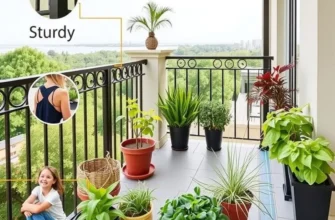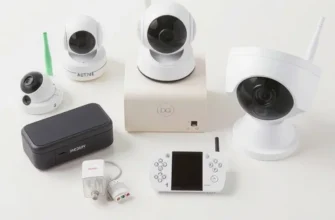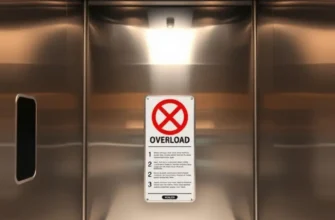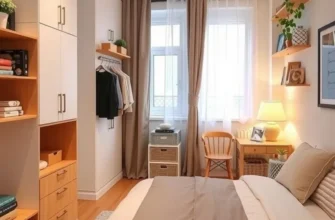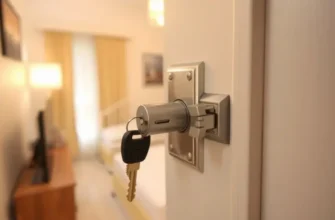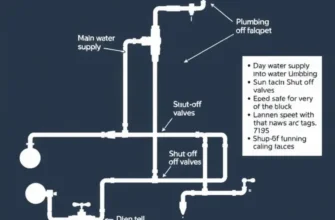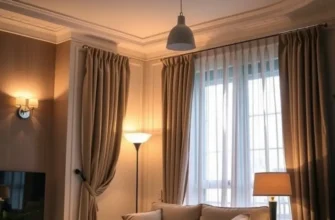Water safety is crucial for renters, often overshadowed by other maintenance concerns. Leaks, flooding, and equipment malfunctions are not just inconveniences; they can pose significant risks to your property and well-being. Being proactive about water-related issues not only ensures a secure living environment but also prevents costly damages and stress. Renters might feel the burden of responsibility primarily falls on their landlords. However, understanding how to address water safety effectively can foster a hassle-free living experience and enhance your overall quality of life. This article offers practical, easy-to-follow tips that every renter should know to safeguard their apartment from water-related issues. Whether you’re new to renting or an experienced tenant, these straightforward steps will empower you to take control of your domestic water safety.
Identifying Common Water Risks in Rental Apartments

As a renter, staying aware of potential water risks in your apartment is essential to safeguard your belongings and living space. Whether you’re navigating perpetual leaks, unexpected flooding, or poor drainage, identifying these water hazards early can prevent significant damage and keep your home comfortable. Here we explore common water-related risks you might encounter and highlight signs to watch for, along with practical preventive measures.
Leaks are among the most common issues renters face. They can occur in various parts of your apartment, such as under the sink, near the water heater, or from the apartment above you. Signs of a leak include water stains on ceilings or walls, persistent moldy smells, and damp patches on floors or carpets. Inspect these areas regularly, especially after heavy rain or plumbing use, and report any suspicions immediately to your landlord to avert further damage.
Flooding, though less common than leaks, is more destructive when it occurs. Key causes include overflowing sinks and bathtubs, broken pipes, or external flooding. Keep an eye on the weather forecast and inspect your apartment for structural issues that could worsen in rainstorms. If you notice poor sealing around windows or doors, alert your landlord to ensure these openings are adequately sealed.
Poor drainage can lead to chronic dampness, fostering mold growth that threatens both health and property. Indicators include slow-draining sinks and tubs, water collecting in strange places during rain, and unpleasant odors lingering in the bathroom or kitchen. Utilize drain screens to prevent blockages, and avoid pouring grease or other inappropriate substances in drains. If drainage issues persist, request a professional inspection.
Understanding water shutoff points is crucial. Locate the main shutoff valve in your apartment and on the building grounds if possible. In case of major leaks or flooding, shutting off the water supply quickly minimizes damage. Landlords typically have the responsibility to ensure shutoff points are accessible, so ensure this is clearly communicated during your rental walkthrough.
Proper maintenance and preventative actions are key in mitigating water-related risks. Regularly clean gutters and downspouts if you have access. These systems should direct water away from the building, preventing it from seeping into your apartment. Establish communication with your neighbors—if they observe a problem, they’ll be more likely to notify you.
Consider organizing a renter-friendly inspection checklist focusing on water-related checks. This guide on apartment tour etiquette can offer insights into what to look for during initial visits, emphasizing the importance of identifying potential water risks. Not only will this protect your property, but it will also facilitate productive discussions with landlords or property managers regarding any required repairs or improvements.
By staying vigilant and proactive, you can manage and prevent common water risks in your rental apartment, maintaining a safe and pleasant living environment.
Proactive Maintenance and Emergency Preparedness
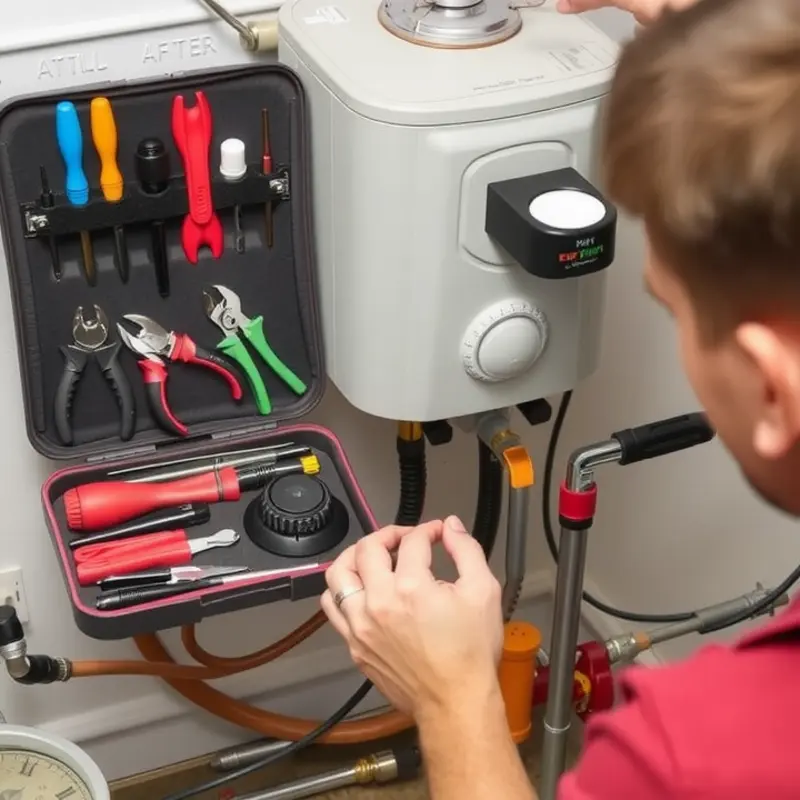
As a renter, ensuring your living space is safe from water hazards involves a blend of proactive maintenance and solid emergency preparedness. Water-related incidents, like leaks or floods, can lead to costly damages and significant stress if not managed properly. By incorporating regular inspections and effective emergency strategies, you can safeguard your apartment and your peace of mind.
Start by conducting regular inspections of key areas prone to water incidents. These include under sinks, around water heaters, and near windows. Look for signs of water damage like discoloration, mold, or musty odors. Don’t overlook appliances like dishwashers and washing machines. Ensure their hoses and connections are secure to prevent leaks.
Another critical inspection area is the bathroom. Regularly check the caulking and seals around your tub and shower. Deterioration here can lead to water seepage, causing significant damage over time. If you notice peeling or cracked caulk, replace it immediately. This simple step can significantly reduce the risk of water penetration.
Additionally, be mindful of your behavior that could cause water issues. Avoid flushing non-disposable items down the toilet, and ensure drains are clear of hair or debris. Regularly clean drain covers and traps to maintain efficient water flow. If you ever suspect a clog, handle it promptly using appropriate tools.
When it comes to emergency preparedness, having a plan is crucial. Make sure you know the locations of main water shut-offs, both in your apartment and communal areas, if applicable. Familiarize yourself with the proper procedure to shut off the water in case of leaks. This can greatly reduce damage in the event of a water emergency.
Creating an emergency contact list is another essential step. Include numbers for your landlord, building maintenance, and preferred plumbing services. Share this list with roommates or family members in the apartment, ensuring everyone knows who to call during a water-related emergency.
Investing in a reliable water alarm or sensor can also be a wise decision. These devices alert you to potential leaks before they become major problems. Place them in high-risk areas like under sinks and near water heaters. While you should avoid specific brand names, online reviews can help guide you to the most reliable option.
For further peace of mind, consider renting in areas known for their proactive safety measures. Cities with comprehensive resource access, community-focused engagement, and responsive infrastructure can alleviate some water safety concerns. If you’re contemplating a move, you can explore renting in cities such as Reno, NV which offer distinct advantages for renters.
Water safety in your apartment shouldn’t only rely on reactive measures; a proactive approach is necessary. By conducting thorough regular inspections and preparing for emergencies, you can better protect your home and ensure a stress-free living experience.
Final words
Properly addressing water safety concerns in your apartment can make a significant difference in your rental experience. By understanding the common risks and taking proactive measures, you can safeguard not just your living space but your peace of mind. Ongoing vigilance and regular maintenance can help prevent costly repairs while fostering a secure environment. Remember, whether through personal inspections or communicating effectively with your landlord, you play an essential role in promoting your home’s safety. Implement these water safety tips today for a worry-free living experience.


